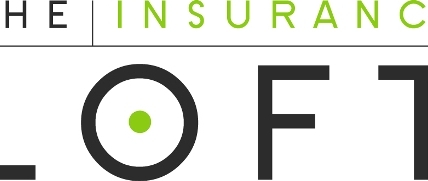Division of Banking Issues Consumer Advisory For ATM And Credit Cards

The Division of Banking recently released advisory information regarding skimming of credit cards and ATM cards. Skimming is a practice commonly used by cyber criminals to steal card information when consumers use their cards at ATMs, gas station pumps or ticket kiosks. Anyone who uses these types of machines is at risk. Modern skimmers are tiny card readers that attach to the swipe slot of a machine. In most cases, they are thin and blend in enough to fool nearly anyone. Unsuspecting consumers who swipe their cards inadvertently give the criminals who installed the devices their credit card information. Once criminals have the information from the magnetic stripe, they can sell it or misappropriate it on their own. To lessen the likelihood of this happening, use the following helpful tips.
1. Look for signs of tampering. Although it can be hard to identify some of the modern skimming card readers, some are more rudimentary. If it looks like the reader is not attached or molded to the machine, notify the bank, gas station attendant or whoever runs the establishment. Look for wires, small cameras that appear crooked or film on a keyboard. The keyboard should never be more than one piece. When unsure about the card reader, try pulling gently on it. If it slides out, take it to the person in charge to report it.
2. Wiggle the card reader. Many fraudulent skimming readers have trouble reading information correctly if a card is wiggled as it is inserted into the reader. If the reader itself is wiggled, it also has a hard time reading the information. Try doing this. If it comes loose, report it to the establishment. Since cameras may still be placed in proximity of the machine, be sure to use a piece of paper or a hand to cover the keypad when typing in a PIN.
3. Use indoor ATMs whenever possible. Most criminals are not brave enough to install their readers on indoor machines. In addition to this, it is less likely to see rogue cameras installed indoors. Since there are more robberies outdoors, indoor terminals are also safer for customers than using outdoor terminals. Keep in mind that all machines are more likely to be targeted on weekends. This is because banks are typically closed for the majority of the weekend. Scammers install their readers on Saturday morning, collect numbers all weekend and remove them on Sunday before the banks reopen on Monday.
4. Always report any suspicious activity or device. Reporting suspicious devices and behavior of others is one of the keys to not being held liable for any fraudulent charges. If criminals are caught, they will not be able to target other innocent consumers. If everyone works together and stays vigilant, it is less likely for criminals to get away with their harmful behavior.
Most of the bigger nationwide banks offer fraud detection and prevention measures. Consumers may not know their cards are compromised until they receive a text, email or call from their bank informing them that their information has been compromised. When receiving one of these calls, ask for a callback number. Compare it to the bank's phone number by using a search engine. Call the bank back directly to confirm the call. Some scam artists call people or email them stating that their information has been compromised. They then have people give out information by claiming it is a security measure and instead misappropriate it. Anyone who has an ATM card or credit card should read the issuing institution's policy on fraud and liability. Most institutions have a zero liability policy. However, proper reporting protocol must be followed in most cases. To learn more about this topic, discuss concerns with an agent.

July 24, 2017
by
Brian Cook
Managing Partner

